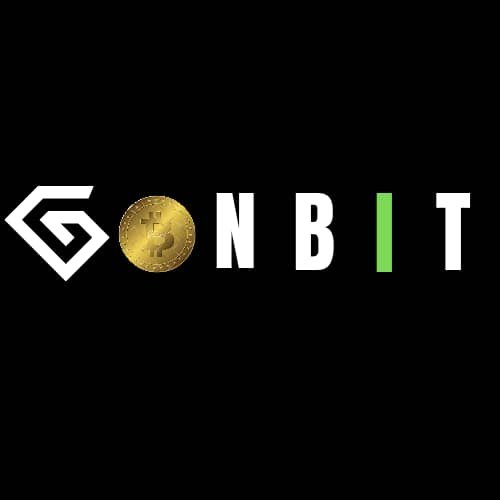Understanding Gonbit’s Transaction Fees and How to Minimize Them: A Comprehensive Guide
Transaction fees are an important consideration when trading on Gonbit. Understanding how these fees work and how to minimize them can help you maximize your profits and optimize your trading strategy. This guide provides an overview of Gonbit’s transaction fees and offers tips for reducing costs.
1. Overview of Transaction Fees
1.1 Types of Fees: Gonbit charges various fees related to trading activities. These include:
- Trading Fees: Fees charged for executing buy or sell orders on the platform. These fees are typically a percentage of the transaction amount.
- Withdrawal Fees: Fees associated with withdrawing funds from your Gonbit account to an external wallet or bank account.
- Deposit Fees: Fees charged for depositing funds into your Gonbit account (if applicable).
1.2 Fee Structure: Gonbit’s fee structure may vary based on the type of transaction, trading volume, and account level. Review Gonbit’s fee schedule for detailed information on current fees.
2. How to Minimize Trading Fees
2.1 Optimize Trading Strategies:
- Use Limit Orders: Opt for limit orders instead of market orders to potentially lower trading fees. Limit orders often have lower fees and allow you to set specific entry and exit points.
- Trade in Bulk: Consolidate trades to reduce the number of transactions and associated fees. Bulk trading can be more cost-effective than frequent small trades.
2.2 Utilize Fee Discounts:
- Fee Tiers: Some platforms offer fee discounts based on trading volume or account tier. Check Gonbit’s fee structure to see if you qualify for any fee reductions.
- Staking and Loyalty Programs: Participate in Gonbit’s staking or loyalty programs to earn rewards or receive fee discounts.
3. How to Minimize Withdrawal Fees
3.1 Choose Cost-Effective Withdrawal Methods:
- Select the Right Method: Choose withdrawal methods with lower fees. For example, withdrawing to certain wallets or bank accounts may incur lower fees than others.
- Consolidate Withdrawals: If possible, consolidate withdrawals to reduce the number of transactions and associated fees.
3.2 Monitor Withdrawal Fees:
- Review Fees Regularly: Keep an eye on the current withdrawal fees and compare them with alternative methods or platforms.
- Plan Withdrawals: Plan your withdrawals to minimize the frequency and associated costs.
4. How to Minimize Deposit Fees
4.1 Choose Low-Cost Deposit Options:
- Select Cost-Effective Methods: Opt for deposit methods with lower fees. Compare different deposit options to find the most cost-effective solution.
- Avoid Small Deposits: Make larger deposits less frequently to reduce the number of transactions and associated fees.
5. Common Questions About Transaction Fees
5.1 How are trading fees calculated?
- Trading fees are typically calculated as a percentage of the transaction amount. Review Gonbit’s fee schedule for specific details.
5.2 Are there any fee discounts available?
- Gonbit may offer fee discounts based on trading volume, account tier, or participation in loyalty programs. Check the fee schedule and available programs for more information.
5.3 Can I see a breakdown of my transaction fees?
- Yes, Gonbit provides detailed transaction history and fee breakdowns in your account dashboard. Review your transaction history to see the fees associated with each trade.
6. Conclusion
Understanding and managing transaction fees is essential for optimizing your trading experience on Gonbit. By utilizing fee discounts, optimizing your trading strategies, and choosing cost-effective deposit and withdrawal methods, you can minimize fees and maximize your trading profits. For more information on Gonbit’s transaction fees and to access the fee schedule, visit our [Transaction Fees Page].
#TransactionFees #GonbitFees #CryptoTrading #FeeManagement
